- General/Marine Geology
- Projects
- M³: Sonar monitoring of seabed gas emissions
M³ - Acoustic monitoring of natural release of methane gas from the seafloor
Objective
The objective of the M³ project (Phase II, May 2020 - December 2023) is to investigate the variability of emitted methane gas at the Southern Hydrate Ridge (SHR) and to monitor in real time the future changes using sonar systems connected to the underwater cabled observatory of the Ocean Observatory Initiative (OOI). The M³ project is funded by the Federal Ministry of Education and Research (BMBF).
Methane acts as a strong greenhouse gas when it enters the atmosphere. While methane emissions on land are comparably easy to estimate, it is challenging to estimate submarine gas emissions in the oceans. Continuous measurements are needed to evaluate if methane release in response to ocean warming, e.g. from dissociating gas hydrate reservoirs in the sediments, provides a positive feedback mechanism. In recent years, state-of-the-art sonar systems have been developed to quantify the emissions of methane emitting as gas bubbles from the seafloor. Up to now, sonar systems have only been deployed during short time periods due to limited power availability. However, supply of power and high bandwidth data transmission is now available through the NSF-financed deep-sea network installed within the frame of the Ocean Observatory Initiative (OOI). With this, it is finally possible to continuously measure the methane gas emissions at Hydrate Ridge.
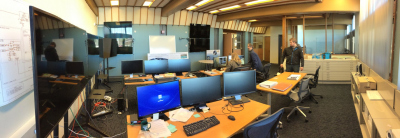
The M³ project aims at monitoring the natural release of methane from the seabed over the long-term, continuously and in real time. To achieve this, it is planned to install two sonar systems at the seafloor in order to monitor gas bubble emissions at the southern summit of Hydrate Ridge. One rotating multibeam sonar will provide the overview of the entire gas and gas-hydrate influenced area. A second high-resolution sonar will be used for quantifying the amount of individual gas streams.
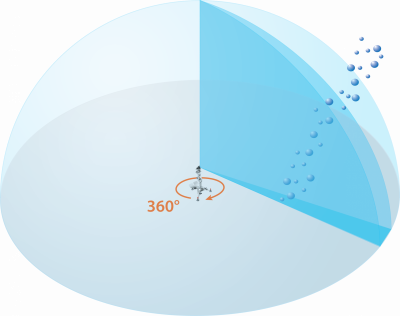
The ultimate objective is to combine the results of both sonar systems for an overall estimation of the bubble flux at southern Hydrate Ridge. A camera system and a hydrographic CTD probe will also be connected to the OOI infrastructure to complement the hydro-acoustic monitoring. The camera system will provide ground-truthing data for validating sonar observations and facilitate the determination of the bubble size distribution. The CTD probe will record environmental parameters (temperature, salinity, pressure and concentration of dissolved oxygen) in order to study how the bubble flux varies with the hydrographic conditions and to measure the bottom water sound velocity (for the sonar calibration). Finally, a dedicated software for the processing and visualization of the sonar data (MCubedViewer) is under development through a cooperation with the Fraunhofer MEVIS Institute for Medical Image Computing.
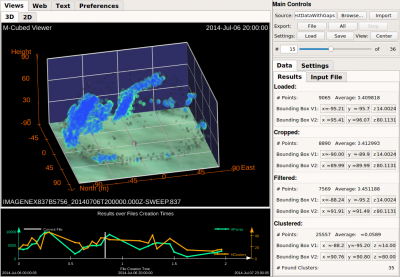
The technological innovations of the M³ project open new fields in marine environmental sciences and have the potential of being deployed in other regions of the ocean for the future monitoring of changing environments.
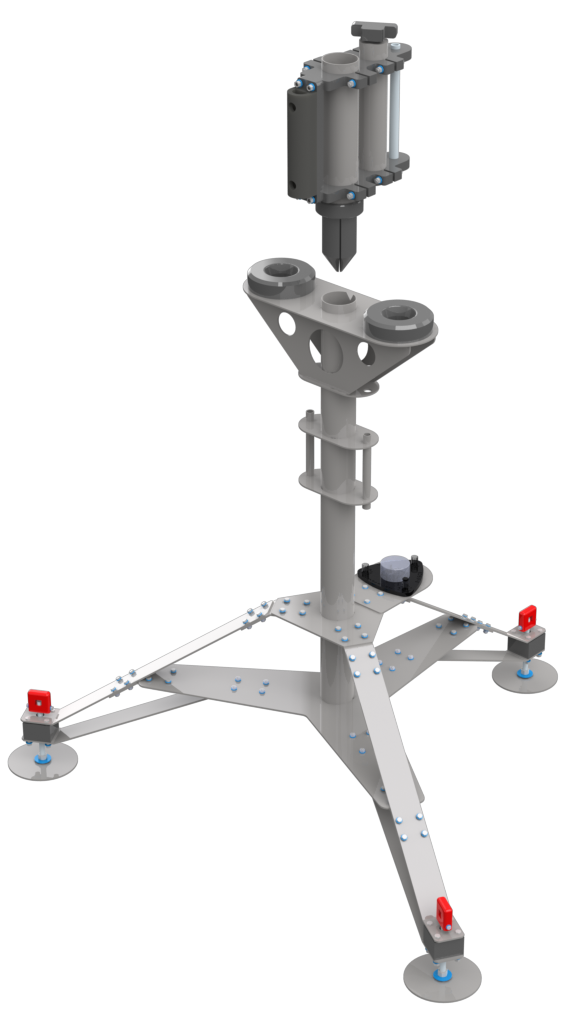
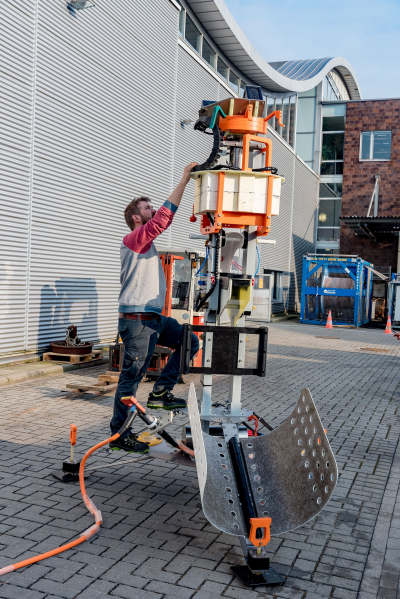
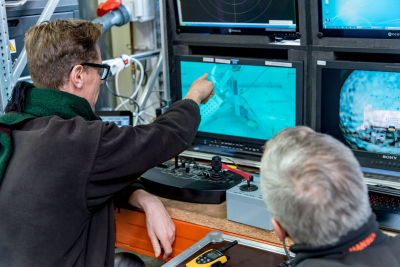
TEAM
|
Yann Marcon |
Project Management / Coordination |
|
Ulli Spiesecke |
Engineering (Instrument design) |
|
Till von Wahl |
Engineering (Instrument design) |
|
Vincent Vittori |
Engineering (Instrument control) |
|
Eberhard Kopiske |
Engineering (Instrument design) |
|
Tom Leymann |
Engineering (Instrument construction) |
|
Gerhard Bohrmann |
Project Management |
Manipulation of the Overview Sonar in the test tank with the ROV MARUM-SQUID (Original footage: courtesy of MARUM and ROV SQUID team)
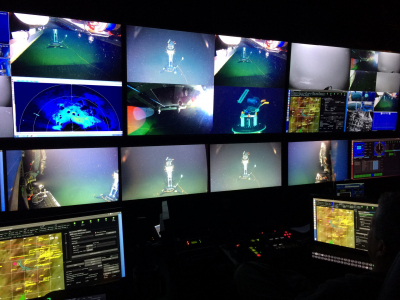
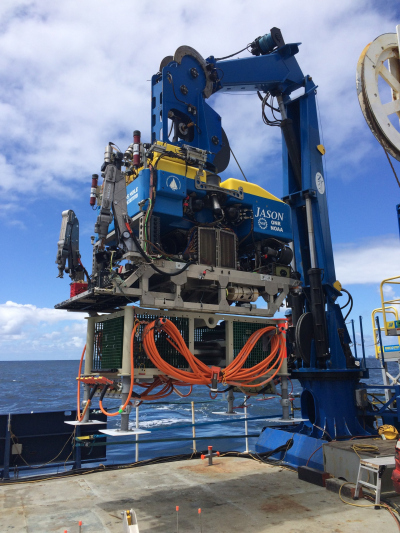
Deployment of the Overview Sonar at the southern Hydrate Ridge with ROV JASON, VISIONS'18 (Credits: UW / NSF-OOI / WHOI / MARUM)
Contact
|
Dr. Yann Marcon |
|
|
Prof. Gerhard Bohrmann |
|
Funding
Publications
Marcon, Y, Römer, M, Scherwath, M, Riedel, M, Dølven, KO and Heesemann, M (2022) Variability of marine methane bubble emissions on the Clayoquot Slope, offshore Vancouver Island, between 2017 and 2021. Frontiers in Earth Science, 10. doi:10.3389/feart.2022.864809
Marcon, Y, Kelley, D, Thornton, B, Manalang, D and Bohrmann, G (2021) Variability of natural methane bubble release at Southern Hydrate Ridge. Geochemistry, Geophysics, Geosystems. doi:10.1029/2021GC009894
Marcon, Y, Kopiske, E, Leymann, T, Spiesecke, U, Vittori, V, von Wahl, T, Wintersteller, P, Waldmann, C and Bohrmann, G (2019) A rotary sonar for long-term acoustic monitoring of deep-sea gas emissions. OCEANS 2019 - Marseille. 1-8. doi:10.1109/OCEANSE.2019.8867218


